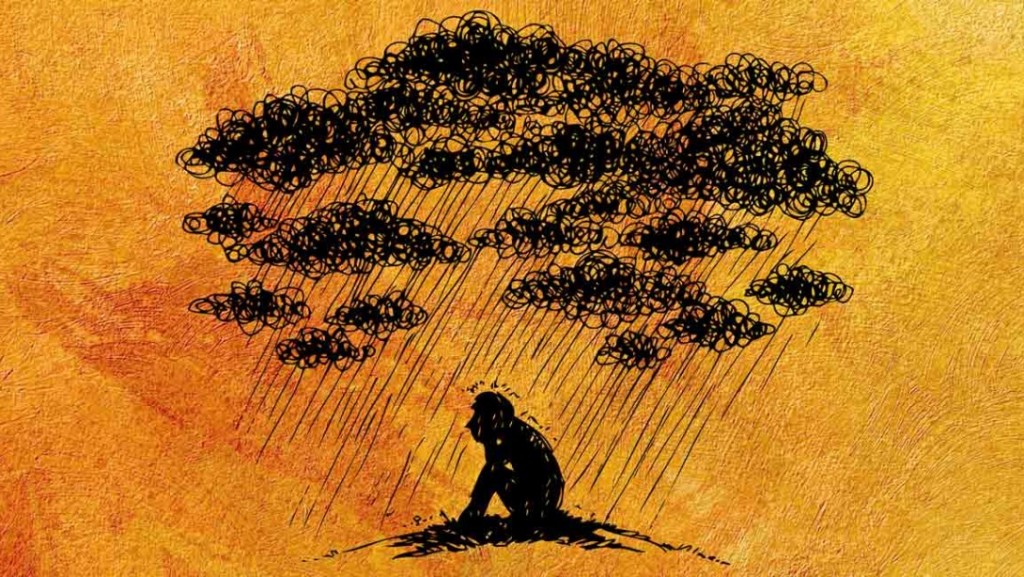According to the U. S. National Institute of Drug Abuse, more than 90 Americans die every day as the result of opioid overdoses. The misuse of and addiction to opioids includes the abuse of prescription pain relievers, heroin and synthetic opioids, such as fentanyl. It has become a major crisis that has impacted people of all ages. The negative effects on public health, as well as on social and economic welfare, seems to have its roots in the over-prescribing of opioid painkillers.
The original opioid, the one from which the opioid receptors derive their name, is opium. Opium, a narcotic substance obtained from a plant in the poppy family, has been used worldwide for centuries. From opium, other refined drugs with similar properties have been created, such as morphine, heroin and prescription painkillers, like Vicodin, Percocet and OxyContin. Opium and these derivatives are categorized as opiates. There are also some drugs, such as methadone and fentanyl, which have the properties of opiates but aren’t made from that plant. Opiates, along with these synthesized drugs, are grouped into a category of substances called opioids. Opioids are powerful painkillers, but they are also debilitatingly addictive.
Some people and agencies are attempting to deal with the opioid epidemic and/or make the public aware. As of November 3, 2017, Dr. Andrew Kolodny, director of Opioid Policy Research at Brandeis University, stated that there are two major groups of Americans that are becoming addicted. One is an older group that is overdosing on pain medicine, while the other is a younger group that is overdosing on black market opioids.
One parent, Rick Van Warner, who is also a crisis management counselor relates how after twelve drug relapses his son died. “When our son came of age during the height of Florida’s pill mill epidemic, Oxycontin and similar pain pills flooded the halls of our middle schools and high schools, offering cheap, quick escapes for teens struggling to find themselves. When we first found ourselves searching dark buildings for our missing son, we had no idea that this misery would continue for years to come, including 12 relapses and over $200,000 of debt tied to failed residential and outpatient recovery programs.”
Another parent, Michelle Schwartzmeer, stated that opioid addiction killed her daughter, Casey, even though she participated in drug awareness programs in schools. Many other parents have related similar ordeals ranging from a son or daughter’s harsh recovery to worst-case, death. Most agree that the current drug awareness and recovery programs are not effective enough to lower the addiction and fatality rates. The opioid crisis has no geographic or demographic boundaries. It strikes those from affluent neighborhoods as well as those less fortunate; it appears in cities, suburbs and farms.
The Opioid crisis was declared a “public health emergency”. Meanwhile, according to the Food and Drug Administration’s commissioner, the agency is planning to take new actions on opioids that may rattle pharmaceutical companies. This includes seeking to treat opioid-addicted patients with alternative medications that don’t make them feel “high”. It also includes requiring drug makers to find new way to reduce exposure to the drug, such as creating different methods of packaging and distribution. These resolutions require research and time; they are not a quick nor assured fix.
Most people believe the solution involves public health, the medical community, healthcare delivery systems, law enforcement, education, local and statewide elected officials, devastated families and those in treatment and recovery. However, a thorough understanding of the problem and a viable plan is lacking.
Speaking at MIT, Sadhguru discusses the widespread issue of opioid painkiller addiction in the US and reasons why doctors and patients may be overly quick to turn to drugs as a solution. Everyone must understand the consequences of pain, he explains – that if we do certain things, pain will come to the body.







